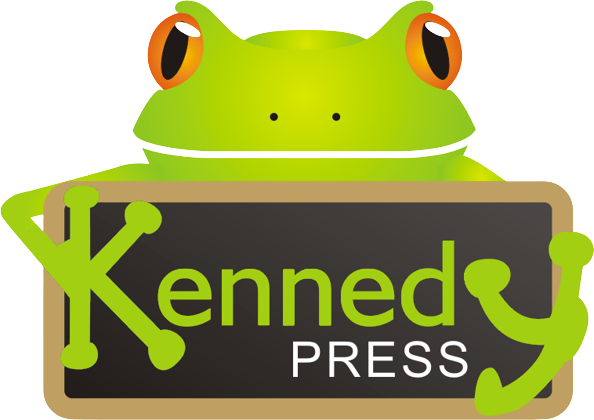Home » Articles and resources » Parents’ portal » Middle and upper primary kids
If you have kids in middle and upper primary, try these ideas to add maths into your everyday life without much fuss!

KENNEDY PRESS PTY LTD
FOR ALL ENQUIRIES, ORDERS AND TO ARRANGE PD:
© COPYRIGHT 2023 KENNEDY PRESS PTY LTD ALL RIGHTS RESERVED TERMS & CONDITIONS